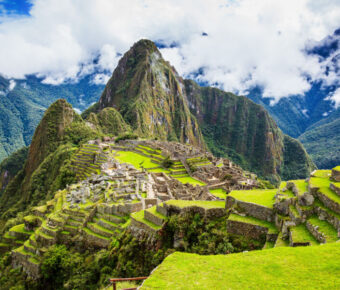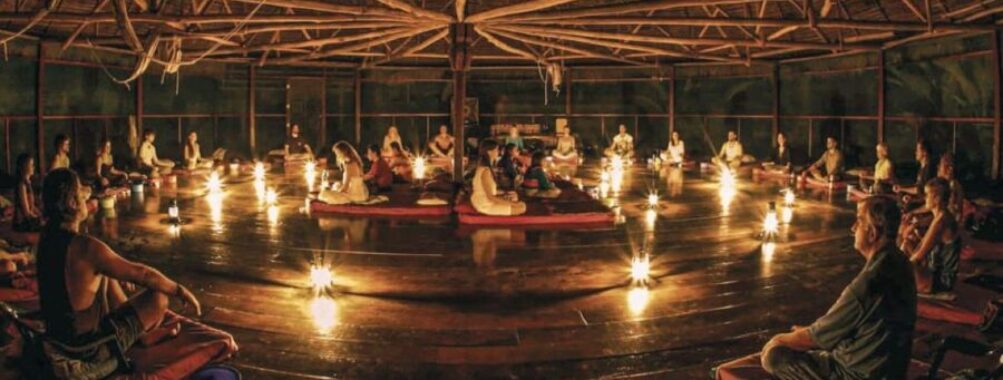
Iowaska Trip Cost: 7-Day Jungle Journey Under $1,500
Planning an iowaska trip can be a life-changing experience, but you need to know what costs to expect. As a seasoned traveler who’s explored spiritual journeys across the globe, I’m here to break down the nitty-gritty of iowaska retreat prices for you. Typical iowaska retreats in 2025 range from $600 for a basic 3-day experience to $15,000 for a luxurious week-long program.
Your budget will shape your options, but remember – the cheapest isn’t always the best value. You’ll want to factor in the retreat’s location, the number of ceremonies, and the expertise of the practitioners. Some high-end retreats even offer private sessions that can cost up to $50,000.
Don’t let the price tag scare you off though. Many travelers find the personal growth and healing they gain from an iowaska journey to be priceless. Let’s dive into what your money gets you and how to choose a retreat that fits your wallet and your soul.
Contents
- Key Takeaways
- Understanding Ayahuasca
- Historical Context and Indigenous Traditions
- Ayahuasca’s Place in Modern Healing
- Preparation for the Journey
- Selecting the Right Retreat
- Legal and Safety Considerations
- Cost Factors of Ayahuasca Retreats
- Breakdown of Retreat Expenses
- Location-Based Pricing Variances
- What to Expect During the Ayahuasca Experience
- Ceremonial Practices and Rituals
- Physical and Emotional Considerations
- Post-Retreat Integration and Personal Transformation
- Implementing Insights into Daily Life
- Long-Term Benefits and Healing
- More Travel Guides
Key Takeaways
- Iowaska retreat costs vary widely based on location, duration, and included services
- Cheaper options may lack proper safety measures and experienced guidance
- The transformative potential often outweighs the financial investment for many participants
Understanding Ayahuasca
Ayahuasca is a powerful plant medicine with deep roots in Amazonian traditions. It’s gained popularity as a tool for healing and spiritual growth, but it’s important to grasp its origins and modern uses.
Historical Context and Indigenous Traditions

Indigenous peoples in the Amazon have used ayahuasca for centuries. They make a brew from the ayahuasca vine and other plants, and Shipibo healers often prepare it. These shamans use the drink in sacred ceremonies to connect with the spirit world and gain wisdom.
The traditional dieta is a key part of ayahuasca use. It’s a special diet you follow before and after ceremonies to prepare your body and mind. This might mean no salt, sugar, or spicy foods for a while.
Amazonian shamanism sees ayahuasca as a way to talk to plants and spirits. It’s used to diagnose illness, find lost objects, and get guidance from ancestors.
Ayahuasca’s Place in Modern Healing

Today, people from all over seek out ayahuasca for personal growth and healing. Many say it helps with depression, anxiety, and addiction. Some even claim it’s helped them overcome PTSD.
You’ll find ayahuasca retreats popping up in places like Peru, Costa Rica, and even the U.S. These often blend traditional practices with modern comforts. They might offer yoga, meditation, and therapy alongside ceremonies.
But it’s not all smooth sailing. Ayahuasca can be intense, and it’s not for everyone. You might face tough emotions or physical discomfort during a ceremony. That’s why it’s crucial to choose a reputable retreat with experienced guides.
Spiritual insights are a big draw for many ayahuasca seekers. People often report feeling more connected to nature and themselves after drinking the brew. Some say it’s like years of therapy crammed into a few nights.
Preparation for the Journey
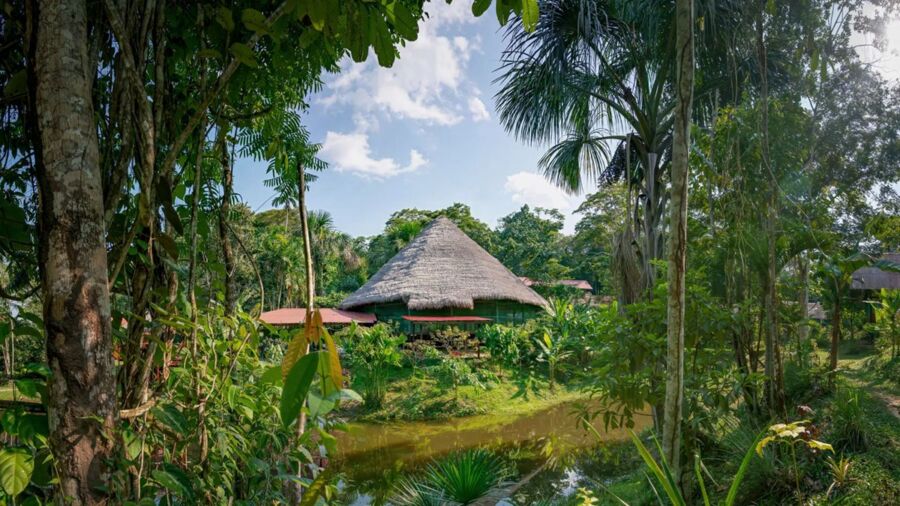
Getting ready for an ayahuasca retreat takes careful planning. You’ll need to choose the right place and make sure you’re safe and following the rules.
Selecting the Right Retreat
Look for retreats with good reviews and experienced shamans. Check out their safety rules and what’s included in the price. Some places offer comfy rooms and yummy meals, while others are more basic. Prices can range from $600 for a short stay to $15,000 for a fancy week-long trip.
Think about what you want from your journey. Do you need lots of support? Or are you okay with a simpler setup? Make sure the retreat fits your budget and your needs.
Don’t forget about travel costs. You might need to rent a car to get to remote spots. Check out cheap car rental options to save some cash.
Legal and Safety Considerations
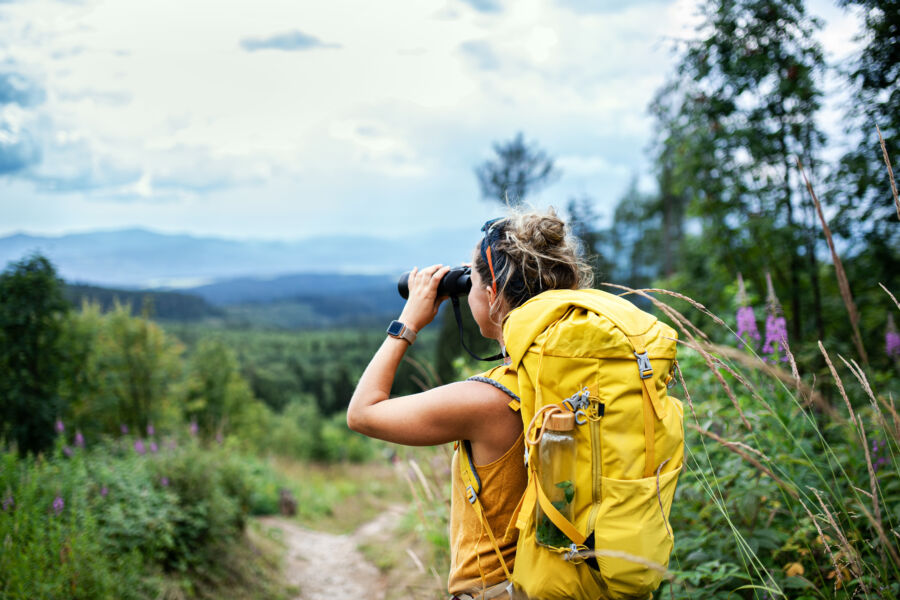
Before you book, make sure ayahuasca is legal where you’re going. Some countries allow it for religious use, but others don’t. Look into the laws to avoid trouble.
Follow the ayahuasca diet closely. Most retreats will give you a list of foods to avoid before and after your trip. This helps keep you safe and makes the experience better.
Ask about medical screenings and on-site help. Good retreats will check if ayahuasca is safe for you and have people there to help if you need it. They should also have clear rules about what’s okay and what’s not during ceremonies.
Cost Factors of Ayahuasca Retreats

Ayahuasca retreats can vary widely in price. The main things that affect cost are where the retreat is held and what’s included in the package.
Breakdown of Retreat Expenses
When you’re looking at ayahuasca retreat prices, you’ll see they cover more than just the ceremonies. Here’s what’s usually included:
- Lodging (can range from basic to luxurious)
- Meals (often special diets for the ceremony)
- Ayahuasca brew and other plant medicines
- Shamanic guidance and support staff
- Additional activities (yoga, meditation, etc.)
- Transportation to/from the retreat center
Some high-end retreats might offer private rooms or extra services like massages. Budget-friendly options usually have shared rooms and fewer frills.
The length of the retreat also plays a big role in cost. A weekend experience might set you back $600-1000, while a full week can range from $1500 to $3500 or more.
Location-Based Pricing Variances

Where you choose to have your ayahuasca experience can make a huge difference in what you’ll pay. Here’s a quick rundown:
Peru: Often the cheapest option, with week-long retreats starting around $1500.
Costa Rica: Pricier, with retreats costing $3000-8000 for a week.
USA: Costs vary widely, from $1000 for a weekend to $15,000 for a luxury week-long experience.
Why the big differences? Peru has lower operating costs and more competition. Costa Rica and the USA have higher overhead and stricter regulations.
Remember, cheaper isn’t always better. Look for reputable centers with good safety records. You might find great value in Peru, but don’t skimp on quality for such an important experience.
When booking your retreat, consider travel costs too. A cheap retreat in South America might end up costing more once you factor in flights and travel time.
What to Expect During the Ayahuasca Experience

Ayahuasca ceremonies offer a unique journey into altered consciousness. You’ll likely encounter powerful visions and emotions as the brew takes effect. Prepare yourself for both physical and mental challenges during this intense experience.
Ceremonial Practices and Rituals
Ayahuasca ceremonies usually happen at night in a quiet, dark space. You’ll sit in a circle with other participants and a shaman or facilitator. The shaman will bless the ayahuasca and maybe sing special songs called icaros.
When it’s your turn, you’ll drink a small cup of the bitter ayahuasca brew. Then you wait for the effects to start, which can take 30-60 minutes. The ceremony might last 4-6 hours or more.
During this time, you might see visions, have strong feelings, or think deep thoughts. Some people cry, laugh, or move around. The shaman will be there to help if you need support.
Physical and Emotional Considerations
Ayahuasca can cause some tough physical effects. Many people throw up or have diarrhea. This is seen as a cleansing process. You might feel dizzy, shaky, or hot and cold.
Emotionally, ayahuasca can bring up strong feelings. You could feel joy, fear, sadness, or peace. Some people relive past traumas or face their deepest fears. It can be scary but also healing.
The experience is different for everyone. You might have amazing visions or just feel weird. Some people have life-changing insights. Others find it confusing or uncomfortable.
Be ready for anything. Stay open to what comes up. Remember, the effects will pass. Drink water and rest after the ceremony. Give yourself time to process what happened.
Post-Retreat Integration and Personal Transformation
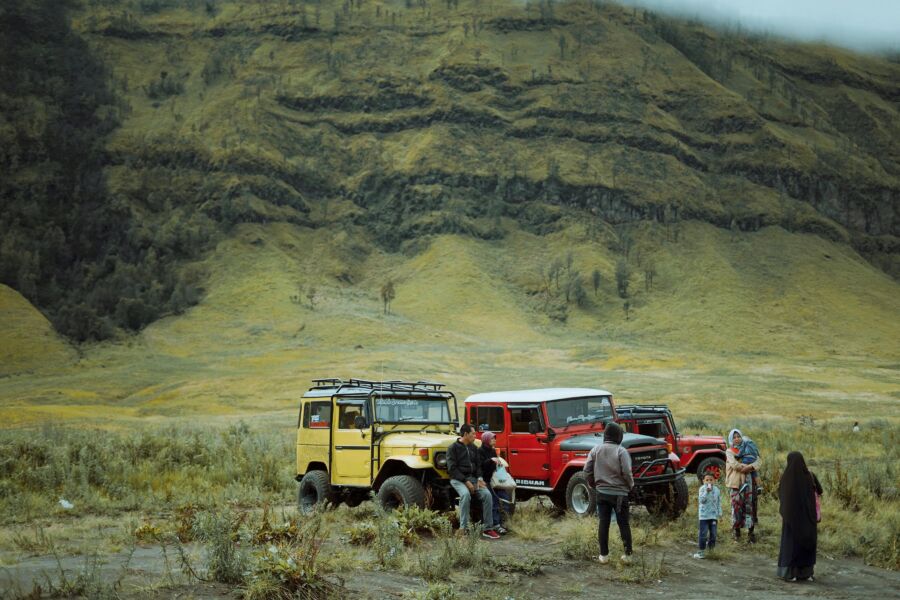
After your iowaska trip, the real work begins. The insights and experiences you gained need to be put into practice to create lasting change in your life. This process takes time and effort but can lead to profound healing and growth.
Implementing Insights into Daily Life
Bringing your iowaska lessons home isn’t always easy. You might feel overwhelmed or unsure where to start. Try keeping a journal to reflect on your experience and track your progress. Set small, achievable goals based on what you learned. Maybe you want to be more present with loved ones or take better care of your health.
Start with baby steps. Meditate for 5 minutes a day or cook one healthy meal a week. Be patient with yourself – change takes time. Some retreat centers offer follow-up calls or online groups to help you stay on track. These can be great for accountability and support.
Long-Term Benefits and Healing
Many people report deep, lasting changes after iowaska. Iowaska may improve your relationships, reduce anxiety, or strengthen your sense of purpose. Some find relief from depression or addiction. Others experience a spiritual awakening or newfound creativity.
These benefits often unfold gradually over weeks or months. You may have ups and downs as you integrate. Stay committed to your growth journey. Consider working with a therapist who understands psychedelic integration. They can help you process difficult emotions and make sense of your experience.
Remember, healing isn’t linear. Be kind to yourself as you navigate this new chapter. With time and effort, the insights from your iowaska trip can lead to profound personal transformation.
